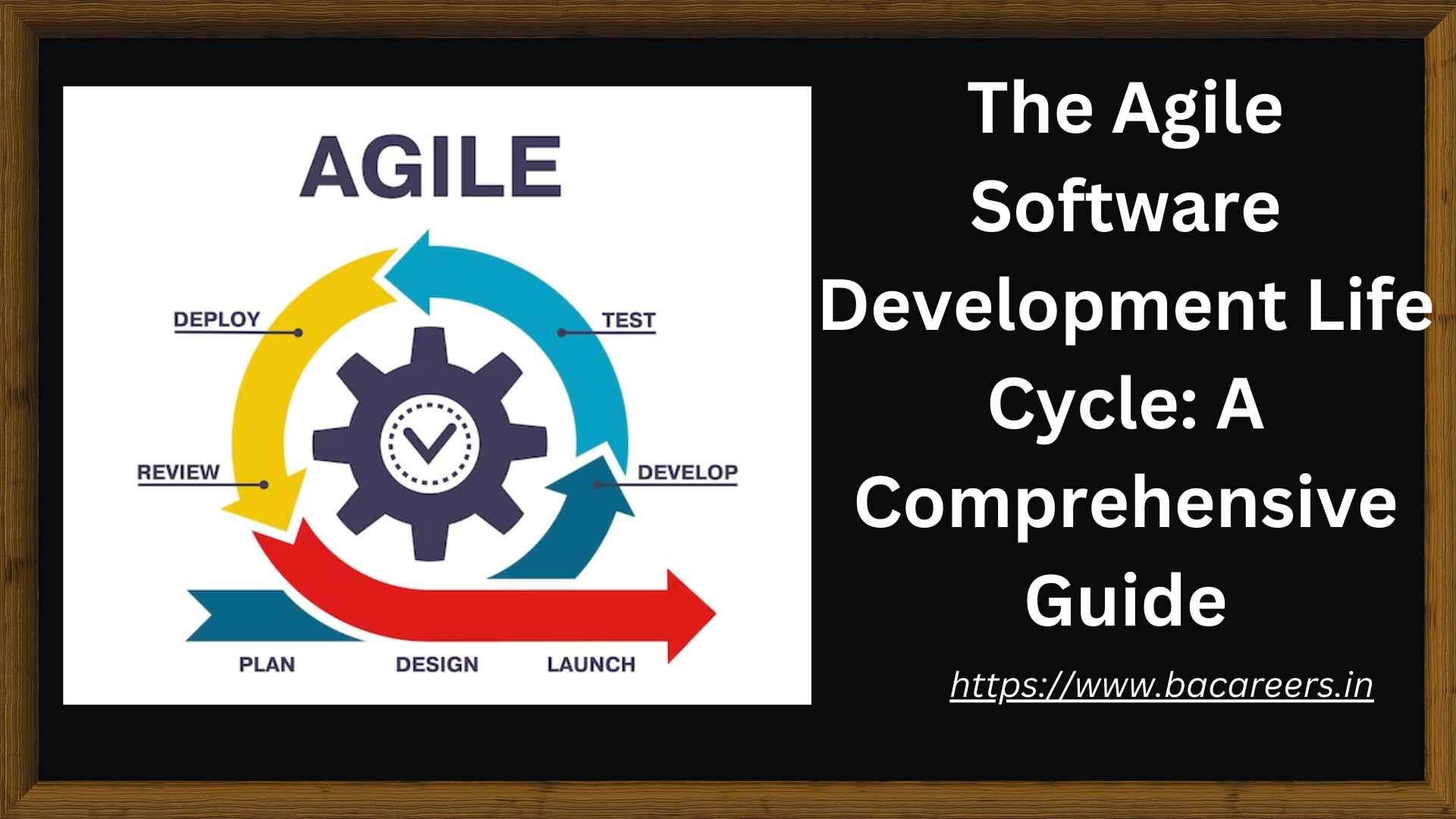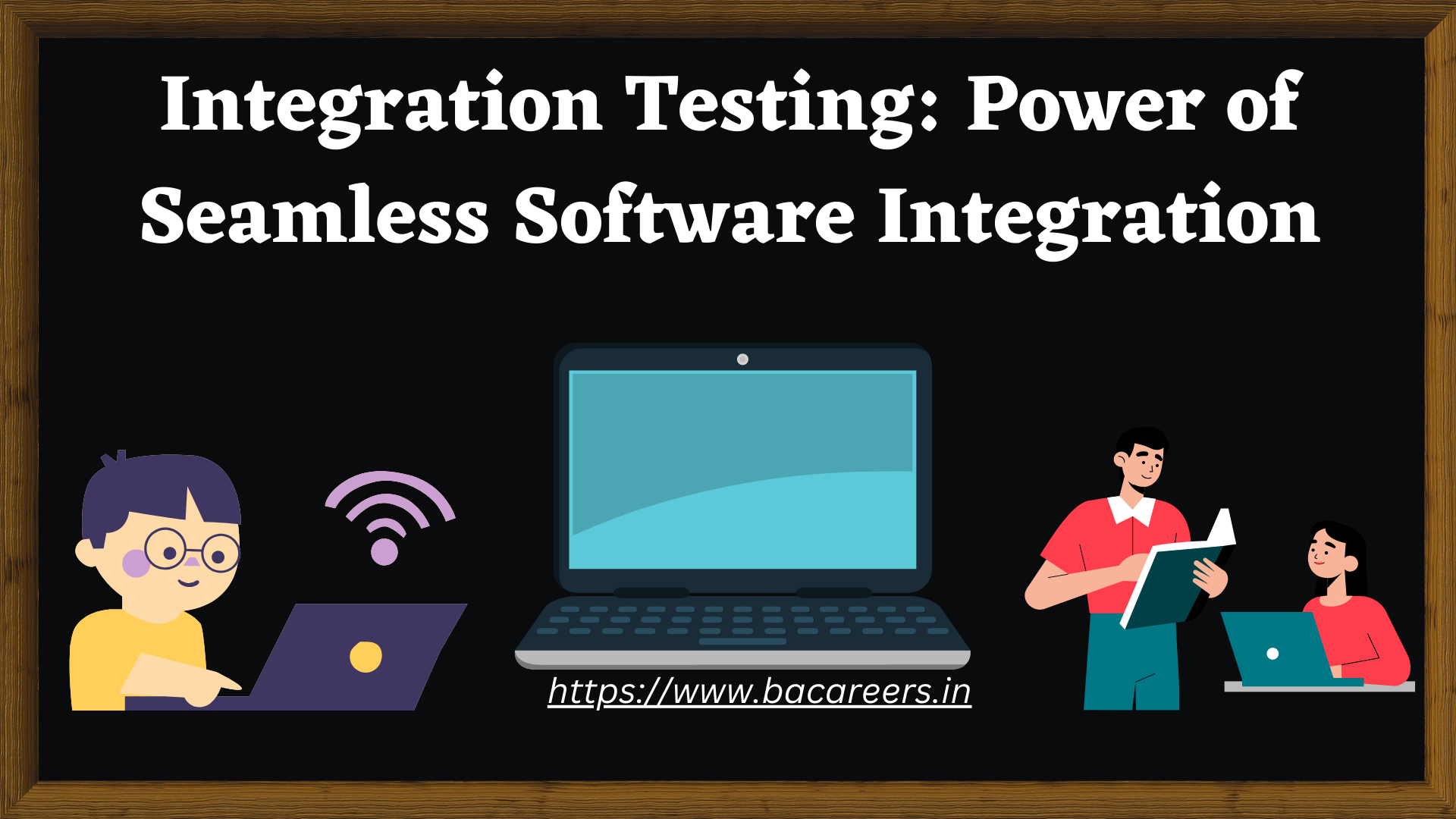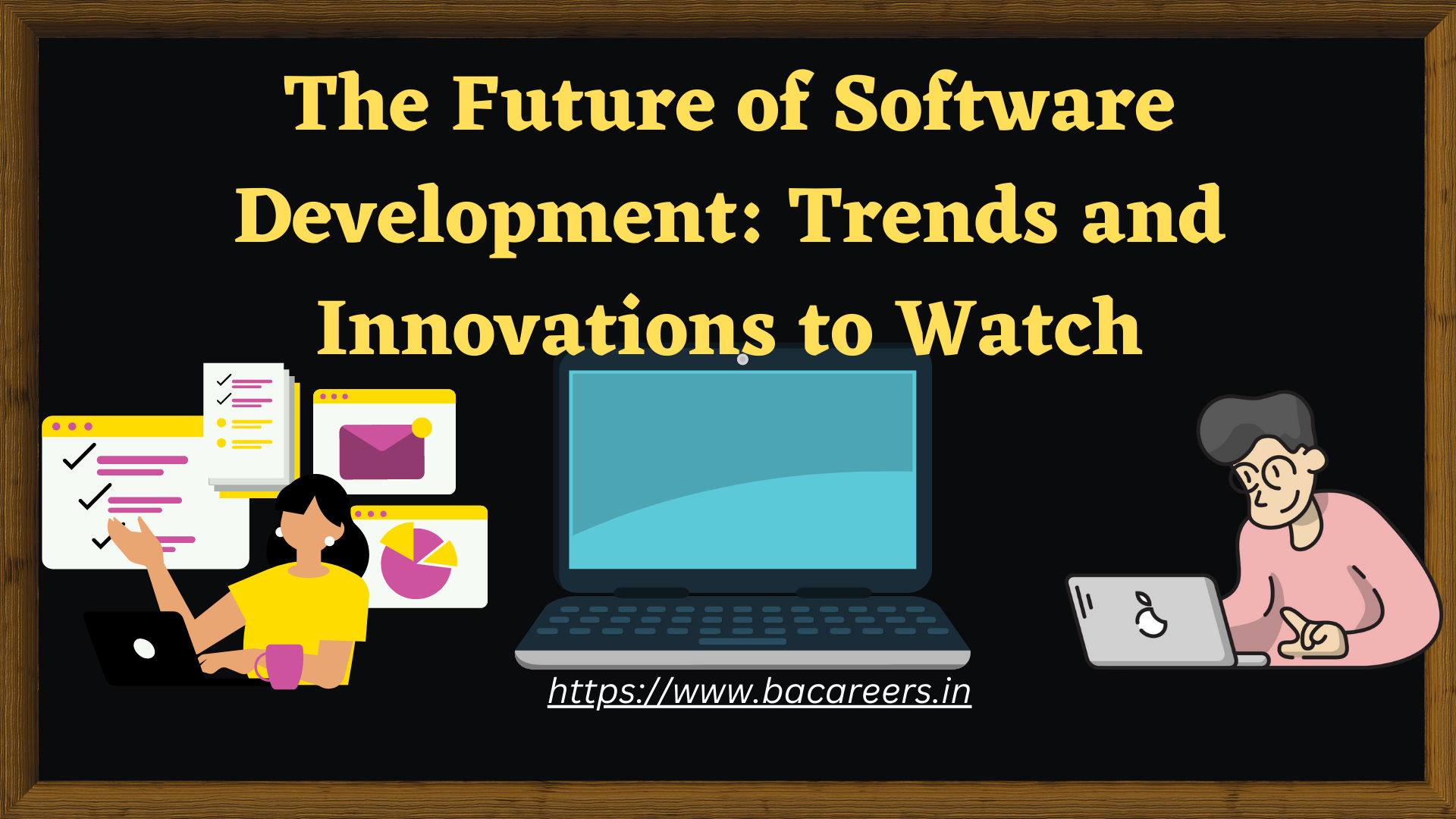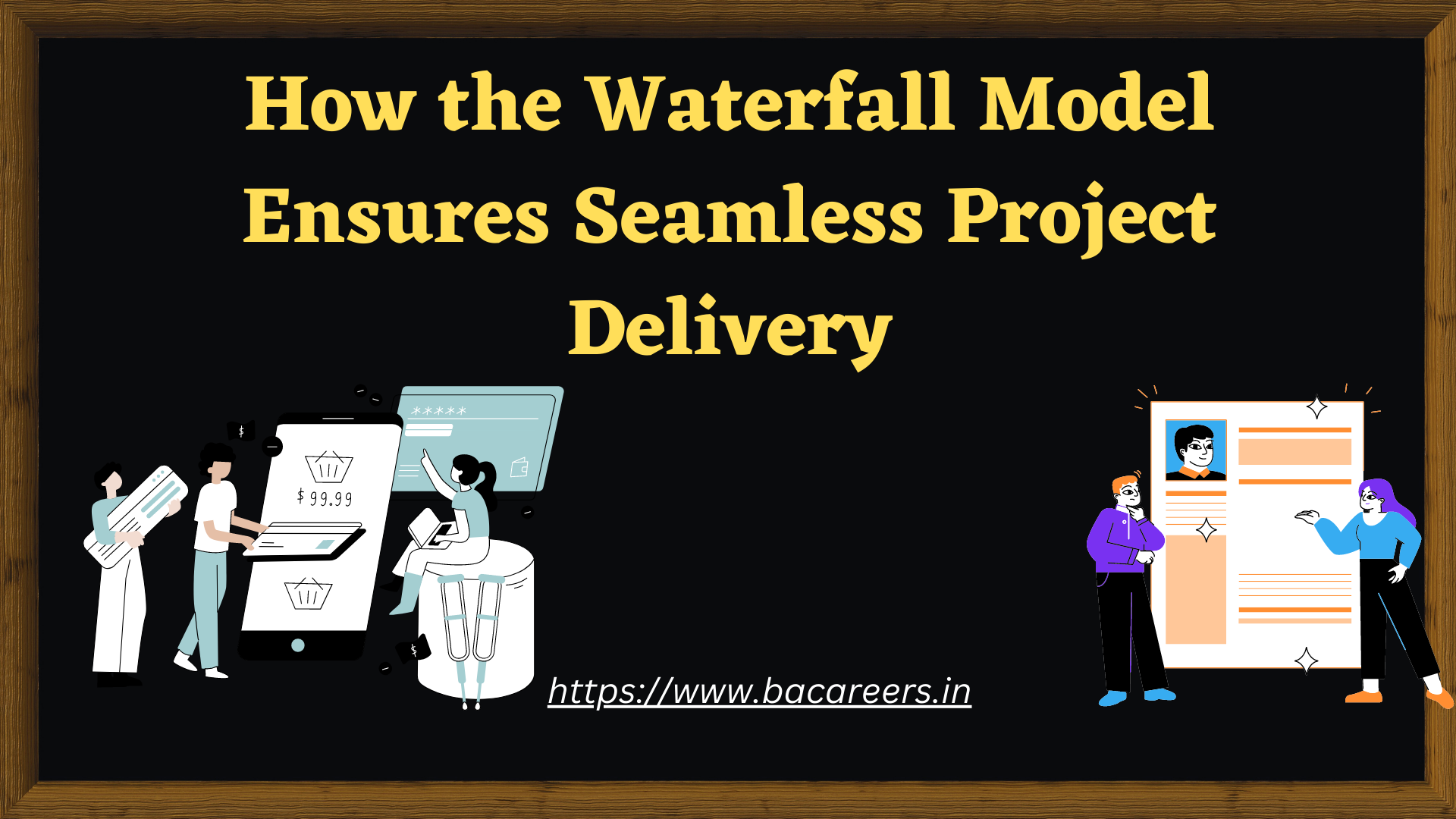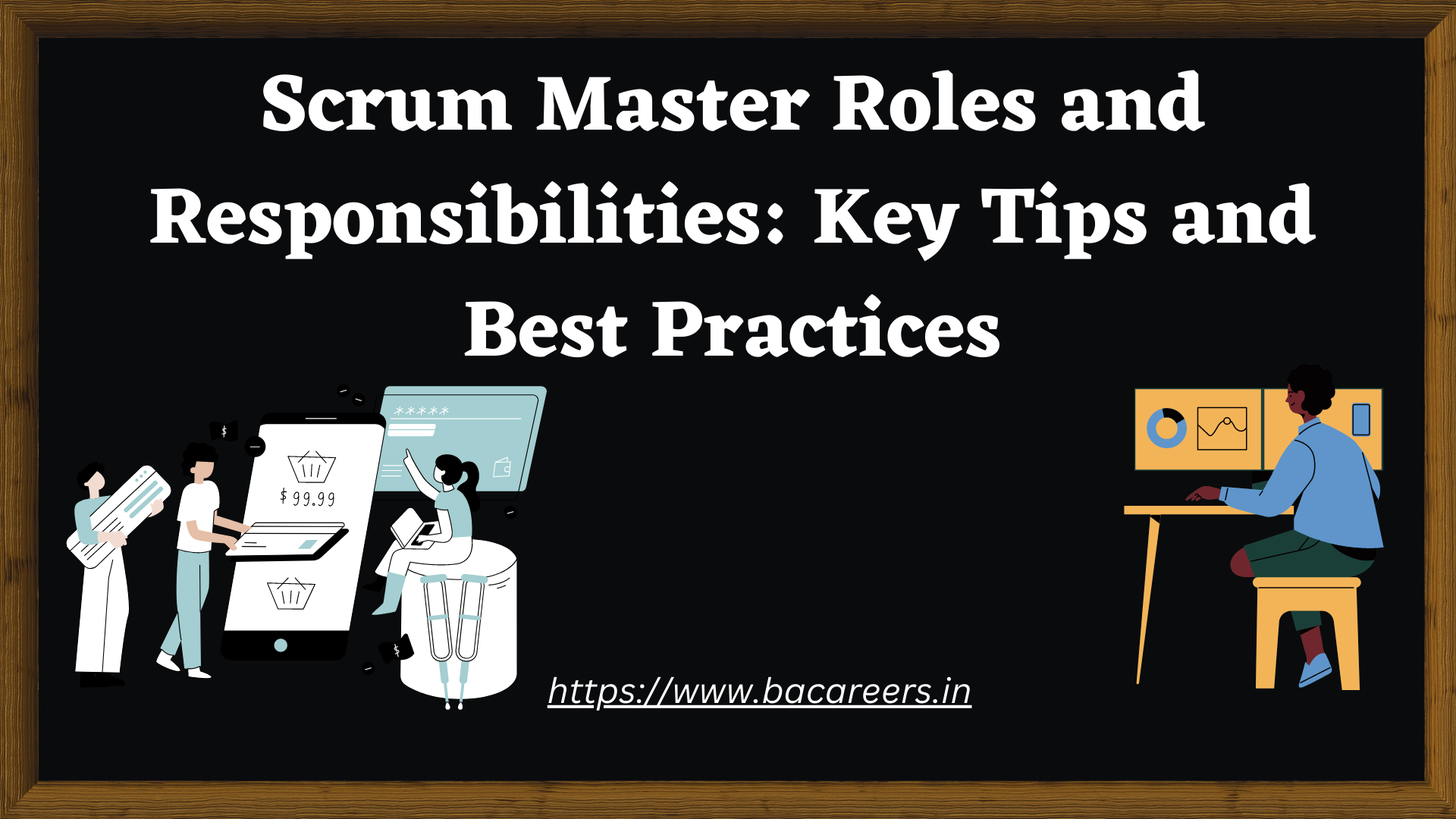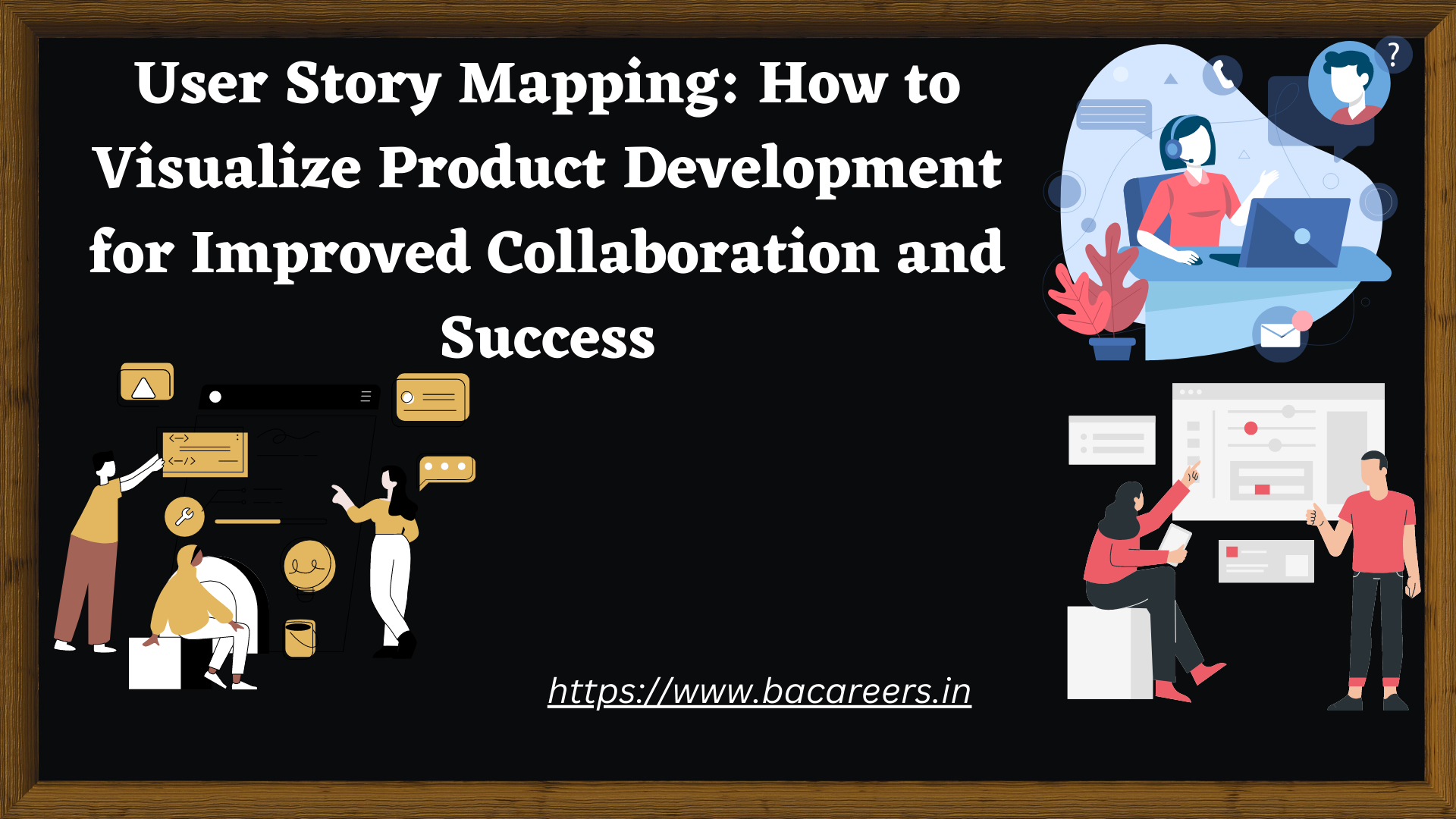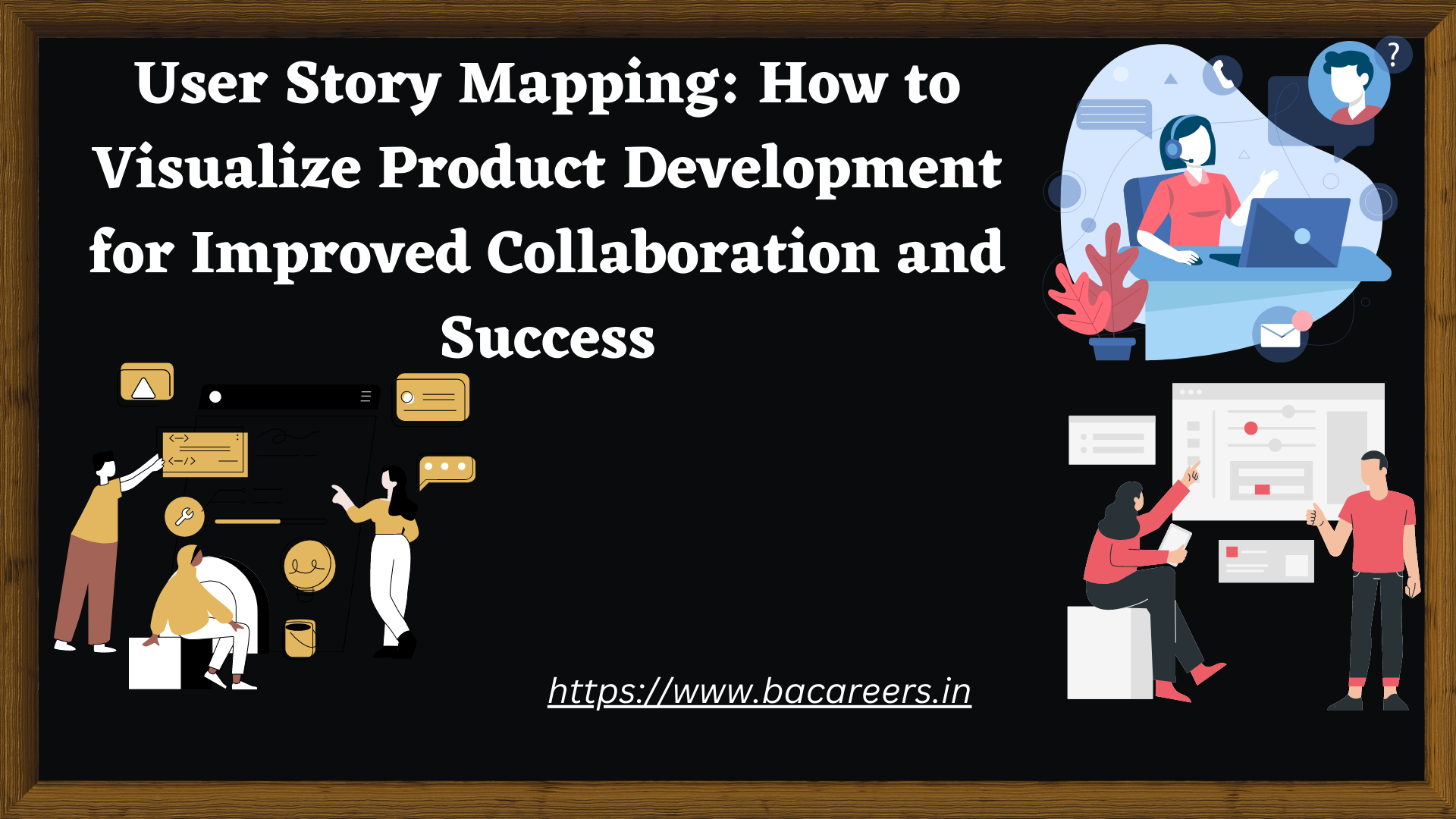The Agile Model in Software Engineering: A Comprehensive Guide
Introduction
In the fast-paced world of software development, businesses need a flexible and efficient approach to deliver high-quality products. This is where the Agile Model in software engineering comes into play. Agile development methodologies have gained immense popularity due to their ability to adapt to changing requirements and deliver value to customers quickly. In this comprehensive guide, we will explore the Agile Model, its key principles, phases, types, advantages, disadvantages, and a comparison with the traditional Waterfall Model.

What is the Agile Model?
The Agile Model is an incremental and iterative process of software development. Unlike the traditional Waterfall Model, which follows a sequential approach, the Agile Model divides the project into small, manageable parts called iterations or sprints. Each iteration focuses on delivering specific functionality within a predetermined timeframe, usually ranging from two to four weeks. This iterative approach allows for continuous improvement, collaboration, and the ability to respond to changing customer needs.
The Agile Manifesto
The Agile Model is driven by a set of guiding principles outlined in the Agile Manifesto. These principles prioritize individuals and interactions over processes and tools, emphasize working software over comprehensive documentation, and encourage customer collaboration throughout the development process. The Agile Model promotes adaptability, welcomes changes in requirements, and fosters a self-organizing, empowered team. It also emphasizes the importance of face-to-face communication, technical excellence, and regular improvement reviews.
Phases of the Agile Model
The Agile Model in software engineering consists of several phases that ensure a systematic and efficient development process. These phases include:
1. Requirements Gathering
The first phase of the Agile Model is requirements gathering. In this phase, the development team works closely with stakeholders to define and understand the project requirements. It involves analyzing business opportunities, assessing the feasibility of the project, and determining the economic and technical viability of the system. By gathering comprehensive requirements, the team can lay the foundation for successful software development.
2. Design the Requirements
Once the requirements are gathered, the next phase involves designing the system. The development team collaborates with stakeholders to create a design plan that aligns with the project’s goals and objectives. This phase may involve the use of UFD diagrams or high-level UML diagrams to visualize how the new system will integrate with existing software. Designing the requirements ensures a clear roadmap for the development process.
3. Develop/Iteration
The development phase, also known as iteration, is where the real work begins. The development team starts building the software incrementally, focusing on delivering valuable functionality in each iteration. The Agile Model promotes simplicity and minimal functionality in each build, allowing for early and frequent delivery of working software. This iterative approach enables the team to gather feedback, make necessary adjustments, and ensure continuous improvement.
4. Test
Testing plays a crucial role in the Agile Model. In this phase, the testing team, such as the Quality Assurance team, verifies the system’s performance, identifies bugs, and ensures the software meets the desired quality standards. Regular testing throughout the development process helps in early bug detection, ensuring a smoother and more reliable final product.
5. Deployment
After thorough testing, the software is ready for deployment. In this phase, the initial product is released to users, allowing them to experience the functionality firsthand. The Agile Model enables frequent deployments, ensuring that users can benefit from the software’s features sooner rather than later.
6. Feedback
The last phase of the Agile Model is feedback. After the product is released, the team actively seeks input from users and stakeholders. This feedback is invaluable in identifying areas for improvement, addressing bugs, and enhancing the overall user experience. Regular feedback loops help in creating a product that aligns with customer expectations and delivers maximum value.
Types of Agile
The Agile Model encompasses various methodologies that organizations can adopt based on their specific needs and project requirements. Some of the most popular Agile methodologies include:
1. Scrum
Scrum is one of the most widely used Agile methodologies. It focuses on managing tasks in a team-based development environment. In the Scrum Agile Model, the development team follows a predefined work plan for each sprint. Roles such as Scrum Master and Product Owner are defined to ensure effective collaboration and timely delivery of increments.
2. Crystal
The Crystal methodology is known for its flexibility and adaptability. It recognizes that each project has unique characteristics and tailors its policies and practices accordingly. Crystal methodologies are categorized based on project size and criticality, such as CLEAR for small and low-critical efforts, ORANGE for moderately larger and critical projects, and ORANGE WEB for electronic business projects.
3. Dynamic Software Development Method (DSDM)
The Dynamic Software Development Method, or DSDM, is a Rapid Application Development (RAD) approach that emphasizes active user involvement. It empowers development teams to make decisions and focuses on frequent product delivery. DSDM promotes collaboration, iterative development, and a strong focus on user needs.
4. Feature Driven Development (FDD)
Feature Driven Development is an Agile method that centers around designing and building features. It breaks down the development process into short phases, with each phase focusing on completing a specific feature. FDD includes activities such as domain walkthroughs, design inspections, and code inspections, ensuring a comprehensive and structured approach to software development.
5. Lean Software Development
Lean Software Development derives its principles from lean manufacturing and aims to eliminate waste, amplify learning, and deliver value to customers faster. This methodology focuses on reducing development time and costs while ensuring a high-quality product. Lean Software Development emphasizes continuous improvement, customer collaboration, and a strong focus on delivering working software.
6. Extreme Programming (XP)
Extreme Programming, or XP, is an Agile model suitable for projects with constantly changing requirements or uncertainties. It encourages close collaboration between developers and customers, promotes simplicity, and emphasizes the importance of testing and feedback. XP provides a flexible and adaptable approach to software development, allowing for rapid adjustments based on evolving customer needs.
When to Use the Agile Model?
The Agile Model is suitable for various scenarios where flexibility, adaptability, and frequent changes are required. Some common situations where the Agile Model is used include:
- Projects with frequent changes that need to be implemented quickly
- Projects with low regulatory requirements
- Projects where the existing processes are not overly strict
- Projects where the product owner is highly accessible and actively involved
- Projects with flexible timelines and budgets that can accommodate iterative development
The Agile Model allows businesses to respond effectively to changing market dynamics, stay ahead of the competition, and deliver value to customers in a timely manner.
Advantages of the Agile Model
The Agile Model offers several advantages that make it a preferred choice for many software development projects. Some of the key benefits include:
- Improved communication: The Agile Model promotes regular and direct communication between the development team and customers. This one-on-one interaction ensures that everyone is on the same page and minimizes misunderstandings.
- Realistic approach to software development: By focusing on incremental delivery and frequent feedback, the Agile Model enables the development of efficient designs that meet the company’s specific requirements. This approach increases the chances of delivering a successful product.
- Early and frequent delivery: Agile development methodologies prioritize working software over comprehensive documentation. This means that updated versions of the software are released regularly, allowing users to benefit from new features sooner.
- Flexibility to accommodate changes: The Agile Model welcomes changes in requirements, even late in the development phase. This flexibility ensures that the software remains aligned with evolving customer needs and market trends.
- Reduced development time: By breaking the project into small iterations and focusing on delivering valuable functionality in each iteration, the Agile Model helps reduce overall development time. This allows businesses to respond quickly to market demands and stay ahead of the competition.
Disadvantages of the Agile Model
While the Agile Model offers numerous advantages, it is essential to consider its potential disadvantages. Some of the key drawbacks include:
- Higher risk of sustainability and maintainability: The Agile Model’s focus on delivering functionality quickly can sometimes lead to compromises in sustainability, maintainability, and extensibility. It is crucial to strike a balance between short-term goals and long-term software quality.
- Compatibility with corporate culture: In some corporations, the self-organizing and intensive collaboration aspects of the Agile Model may not align with their corporate culture. Organizations need to assess their readiness for Agile adoption and ensure that the necessary support and resources are in place.
- Limited emphasis on documentation and design: Agile methodologies prioritize working software over comprehensive documentation and extensive upfront design. While this approach allows for flexibility, it may result in less documentation and design artifacts, which can be challenging for teams working on complex projects or with strict regulatory requirements.
- Potential misalignment without clear customer information: In the absence of clear and accurate information from customers, the development team may be misled or make incorrect assumptions. It is crucial to establish effective communication channels and gather comprehensive requirements to ensure project success.
- Not suitable for handling complex dependencies: The Agile Model may not be the best choice for projects with complex dependencies or intricate interdependencies. In such cases, a more structured and predictive approach like the Waterfall Model may be more appropriate.
Agile Model Vs. Waterfall Model
The Agile and Waterfall models are two distinct approaches to software development, each with its own strengths and weaknesses. While the Waterfall Model follows a sequential, plan-oriented approach, the Agile Model focuses on iterative and incremental development. Here’s a comparison between the two models:
| Agile Model | Waterfall Model |
|---|---|
| Incremental and iterative approach | Sequential approach |
| Divided into small iterations or sprints | Sequential phases from start to end |
| Customer involvement throughout the development process | Customer involvement at the beginning and end |
| Emphasizes working software over comprehensive documentation | Emphasizes comprehensive documentation |
| Unstructured compared to the Waterfall Model | More structured and plan-oriented |
| Suitable for small projects and projects with evolving requirements | Suitable for projects with well-defined requirements |
| Test plan reviewed after each sprint | Test plan discussed during the test phase |
| Quick implementation for small projects | Can estimate and complete all types of projects |
| Increased risk of sustainability, maintainability, and extensibility | Less risk in terms of sustainability and extensibility |
| Suitable for projects with flexible timelines and budgets | Suitable for projects with fixed timelines and budgets |
While both models have their merits, businesses need to choose the model that best suits their project requirements, constraints, and organizational culture.
Conclusion
The Agile Model in software engineering offers a flexible and efficient approach to software development. By embracing iterative and incremental development, organizations can adapt to changing requirements, deliver value to customers quickly, and stay ahead in a competitive market. The Agile Model’s emphasis on collaboration, continuous improvement, and customer satisfaction contributes to the successful delivery of high-quality software. However, it is essential to consider the advantages and disadvantages of the Agile Model and assess its suitability for specific projects. By choosing the right Agile methodology and leveraging its principles effectively, businesses can achieve success in their software development endeavors.
Related Articles :
Agile Software Development Life Cycle: A Comprehensive Guide

Business Analyst , Functional Consultant, Provide Training on Business Analysis and SDLC Methodologies.

